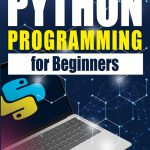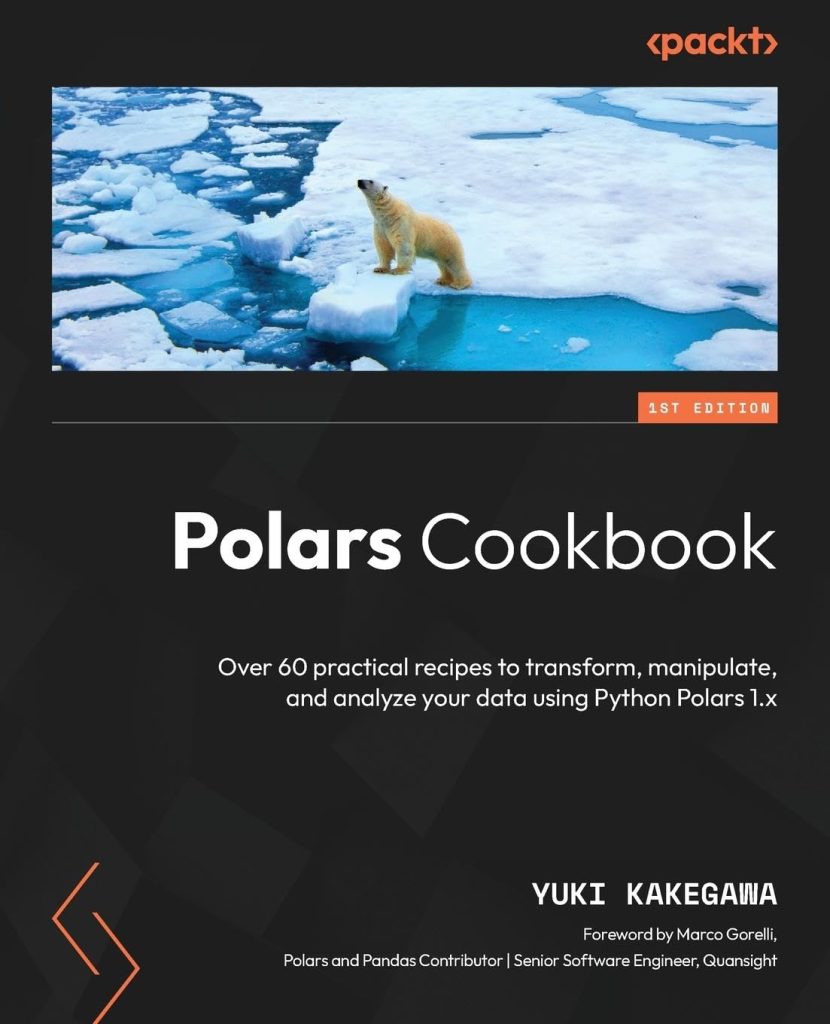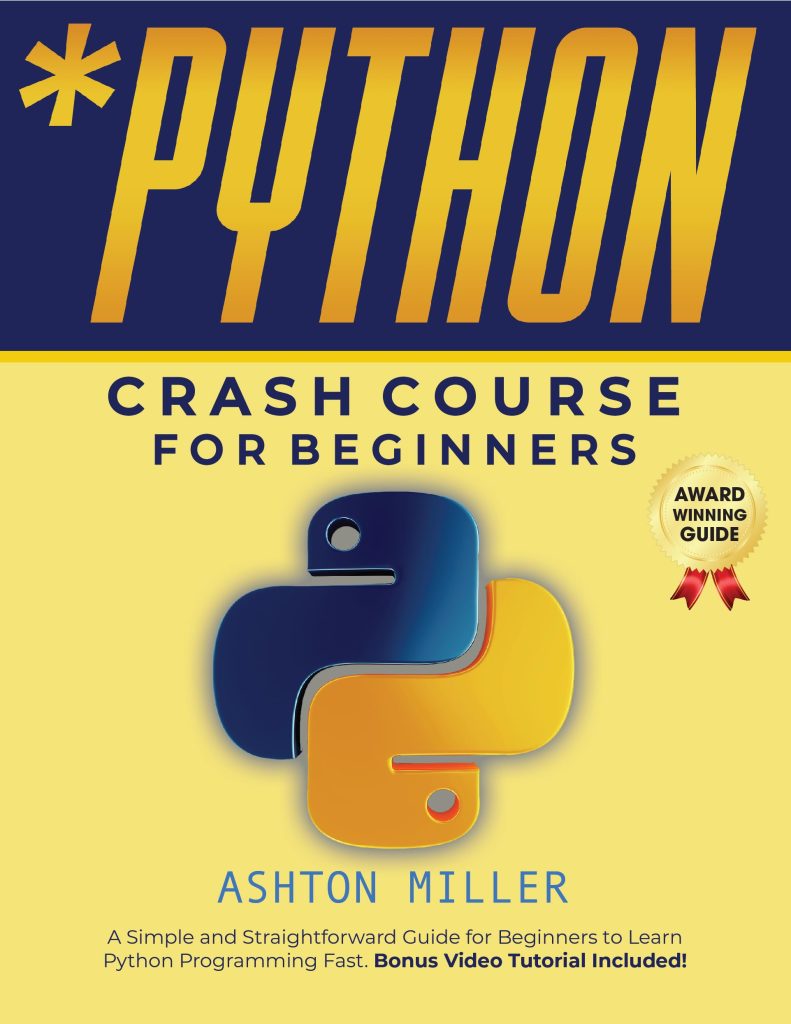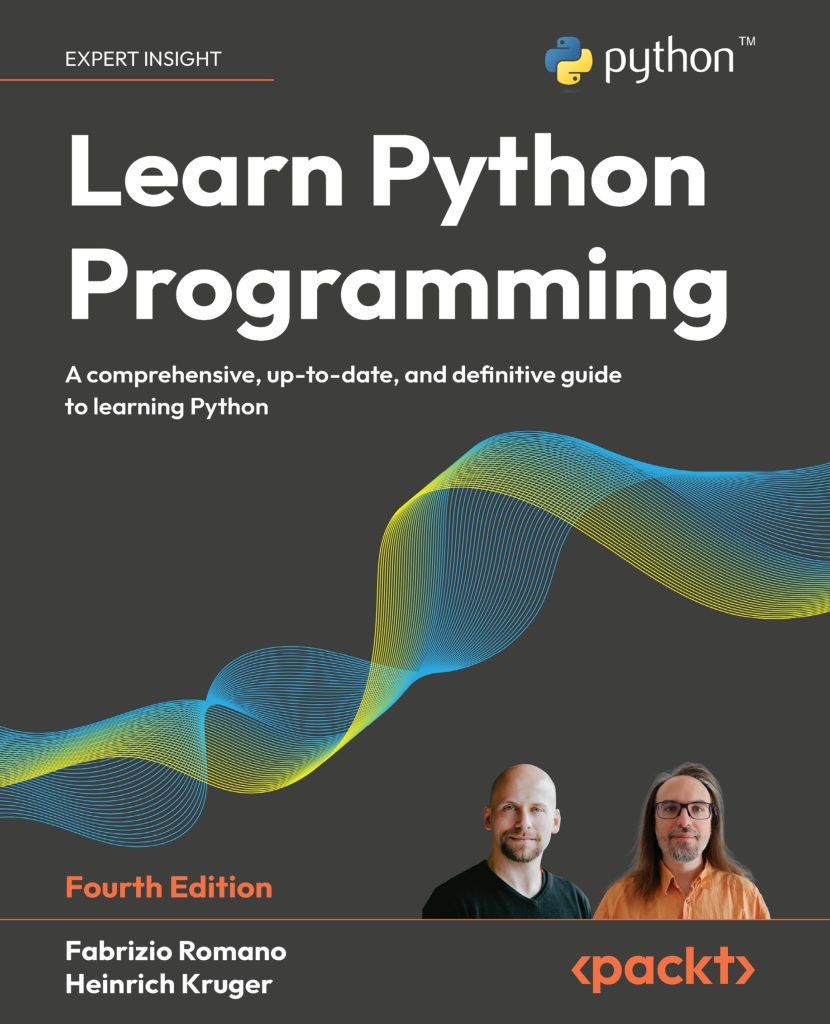
Naive Bayes classifiers are a family of probabilistic algorithms based on Bayes’ theorem, which is used for classification tasks in machine learning. The core idea is to predict the category of a data point based on the features of that data point and the previously known statistics associated with each category. The term “naive” refers to the assumption that all features are independent of each other given the category. This assumption simplifies the computation but may not hold in reality, yet it often performs surprisingly well in practice.
At the heart of the Naive Bayes classifier is Bayes’ theorem, which states:
[ P(A|B) = frac{P(B|A) cdot P(A)}{P(B)} ]
In a classification context:
- A is the category (class) we want to predict.
- B is the feature set (our input data).
The goal is to compute the posterior probability P(A|B), which tells us how likely a category is given the feature set. By applying the Naive Bayes assumption of feature independence, the calculation simplifies to:
[ P(A|B) propto P(A) cdot prod_{i=1}^{n} P(B_i|A) ]
where B_i represents each feature in the feature set. To classify a new data point, we compute the posterior probability for each class and select the one with the highest probability.
Naive Bayes classifiers have several advantages:
- They’re fast, both in training and inference.
- They require a small amount of training data to estimate the parameters (mean and variance of the features).
- They perform well with high-dimensional data, such as text classification.
Given these benefits, Naive Bayes classifiers are commonly employed in applications like spam detection, sentiment analysis, and topic classification. To implement these classifiers effectively, having a good understanding of the underlying principles and the importance of the assumptions made especially important.
Types of Naive Bayes Classifiers
There are several different types of Naive Bayes classifiers, each suited for different types of data and specific applications. The main types are:
- This variant is used when the features are continuous and assumed to follow a normal (Gaussian) distribution. The model calculates the probability density function of the features based on their mean and variance.
- This classifier is typically used for discrete data, particularly for text classification problems where the features represent the frequency of words or word counts. It is well-suited for tasks such as document classification and spam detection.
- Similar to Multinomial Naive Bayes, the Bernoulli variant is also used for discrete features, but it assumes that each feature is binary (i.e., each feature is a binary indicator). This model is effective when the presence or absence of a feature is more important than its frequency.
- This variant is designed to improve the performance of Multinomial Naive Bayes, especially in situations of class imbalance. It works by using the complement of each class to compute probabilities, which helps in mitigating the bias towards the majority class.
Choosing the right type of Naive Bayes classifier largely depends on the nature of the features in your dataset.
Here is a brief overview of the implementation of each type:
1. Gaussian Naive Bayes
from sklearn.naive_bayes import GaussianNB # Create an instance of the Gaussian Naive Bayes classifier gnb = GaussianNB() # Train the model on your data (X_train and y_train) gnb.fit(X_train, y_train) # Make predictions predictions = gnb.predict(X_test)
2. Multinomial Naive Bayes
from sklearn.naive_bayes import MultinomialNB # Create an instance of the Multinomial Naive Bayes classifier mnb = MultinomialNB() # Train the model on your data (X_train and y_train) mnb.fit(X_train, y_train) # Make predictions predictions = mnb.predict(X_test)
3. Bernoulli Naive Bayes
from sklearn.naive_bayes import BernoulliNB # Create an instance of the Bernoulli Naive Bayes classifier bnb = BernoulliNB() # Train the model on your data (X_train and y_train) bnb.fit(X_train, y_train) # Make predictions predictions = bnb.predict(X_test)
4. Complement Naive Bayes
from sklearn.naive_bayes import ComplementNB # Create an instance of the Complement Naive Bayes classifier cnb = ComplementNB() # Train the model on your data (X_train and y_train) cnb.fit(X_train, y_train) # Make predictions predictions = cnb.predict(X_test)
Each type of Naive Bayes classifier has its own strengths and is applicable to different scenarios, so it’s important to select the appropriate variant based on the characteristics of your data.
Setting Up the Environment
Before using Naive Bayes classifiers for your machine learning tasks, you need to set up your environment properly. This involves installing the necessary libraries, ensuring that you have a suitable development environment, and preparing your programming interface to implement the classifiers effectively.
First, it’s essential to have Python installed on your machine. If you haven’t installed Python yet, you can download it from the official website at python.org. We recommend using Python 3.x, as it contains several enhancements and features that are beneficial for machine learning tasks.
Next, you will want to use a package manager like pip to install the required libraries. The primary libraries we will be using for implementing Naive Bayes classifiers in this article include:
- A powerful machine learning library that provides essential tools for data analysis and modeling.
- A fundamental library for numerical computations in Python.
- A library for data manipulation and analysis, widely used for handling structured data.
- A library for plotting and visualizing data, which will assist in evaluating the model’s performance.
If you don’t have these libraries installed, you can install them by running the following command in your terminal or command prompt:
pip install numpy pandas scikit-learn matplotlib
In addition to installing packages, using a suitable Integrated Development Environment (IDE) or text editor very important for coding. Popular choices include:
- An excellent tool for interactive data analysis and visualization. It allows you to write and test code in segments, making it easier to experiment with your models.
- A professional IDE for Python that provides code analysis, a graphical debugger, and an integrated testing environment.
- A lightweight yet powerful editor that supports Python development through extensions.
Once the environment is set up, you can start by importing the necessary libraries in your Python script or Jupyter Notebook:
import numpy as np import pandas as pd from sklearn.model_selection import train_test_split from sklearn.naive_bayes import GaussianNB, MultinomialNB, BernoulliNB, ComplementNB import matplotlib.pyplot as plt
Make sure you have installed all the required packages and have a proper environment configured before proceeding with the next steps of loading and preprocessing your data. This will ensure a smooth workflow as you implement Naive Bayes classifiers in your chosen projects.
Loading and Preprocessing the Data
To utilize Naive Bayes classifiers effectively, it’s essential to load and preprocess your data correctly. The data loading process entails importing your dataset into your Python environment, while preprocessing involves cleaning, transforming, and preparing the data to ensure compatibility with the model. Here’s how to achieve this using the popular pandas library.
First, you can load various types of data files, such as CSV, Excel, or even JSON. For this example, we will focus on a CSV file. Let’s assume we have a dataset named data.csv that contains features and labels for our classification task.
import pandas as pd
# Load the dataset
data = pd.read_csv('data.csv')
# Display the first few rows of the dataset
print(data.head())
After loading the data, the next step is to understand its structure and check for any anomalies. This can include missing values and inconsistent formatting. Using methods like info() and describe() can give you a concise overview of the dataset.
# Check the basic information about the dataset print(data.info()) # Get statistical summary for numeric columns print(data.describe())
Once you have a good grasp of your data, the next step is to clean it. You might need to handle missing values by either removing rows or imputing values. Below is an example of how to drop rows with missing labels and fill missing feature values with the mean.
# Drop rows where the label is missing data = data.dropna(subset=['label']) # Fill missing feature values with the mean of the respective column data.fillna(data.mean(), inplace=True)
Next, you will want to separate your features and labels. Typically, the features are stored in a variable denoted as X, and the labels (or target variable) are denoted as y.
# Assuming 'label' is the column for the output/target variable
X = data.drop('label', axis=1)
y = data['label']
With the features and labels prepared, the next step is to split your dataset into training and testing sets. This especially important for evaluating the performance of the model on unseen data. The function train_test_split from scikit-learn is commonly used for this purpose. Typically, you will allocate about 70-80% of the data for training and the remainder for testing.
from sklearn.model_selection import train_test_split # Split the dataset into training and testing sets X_train, X_test, y_train, y_test = train_test_split(X, y, test_size=0.2, random_state=42)
Once the data is split, it’s often useful to standardize or normalize the features, especially for algorithms that rely on distances, though for Naive Bayes this isn’t strictly necessary. If you choose to do so, you might ponder the following approach using scikit-learn’s StandardScaler.
from sklearn.preprocessing import StandardScaler # Instantiate the scaler scaler = StandardScaler() # Fit on training data and transform both train and test data X_train = scaler.fit_transform(X_train) X_test = scaler.transform(X_test)
At this point, your dataset is clean, and both the training and testing sets are ready for modeling. You can proceed to train the Naive Bayes classifier with the preprocessed data.
Training the Naive Bayes Model
To train the Naive Bayes model, we will use the `fit` method provided by scikit-learn’s Naive Bayes classifiers. Regardless of which variant of the Naive Bayes classifier you choose—Gaussian, Multinomial, Bernoulli, or Complement—the training process remains similar and simpler. Below are examples demonstrating how to train each classifier using the data we previously prepared.
First, we’ll start with the Gaussian Naive Bayes model, which is suitable for continuous data:
from sklearn.naive_bayes import GaussianNB # Create an instance of the Gaussian Naive Bayes classifier gnb = GaussianNB() # Train the model on your data (X_train and y_train) gnb.fit(X_train, y_train) # Making predictions on the test set predictions_gnb = gnb.predict(X_test)
Next, if your data is discrete or involves word counts—common in text classification—you might opt for the Multinomial Naive Bayes classifier:
from sklearn.naive_bayes import MultinomialNB # Create an instance of the Multinomial Naive Bayes classifier mnb = MultinomialNB() # Train the model on your data (X_train and y_train) mnb.fit(X_train, y_train) # Making predictions on the test set predictions_mnb = mnb.predict(X_test)
For binary feature data where the presence or absence of features is more important than their frequency, the Bernoulli Naive Bayes classifier can be employed:
from sklearn.naive_bayes import BernoulliNB # Create an instance of the Bernoulli Naive Bayes classifier bnb = BernoulliNB() # Train the model on your data (X_train and y_train) bnb.fit(X_train, y_train) # Making predictions on the test set predictions_bnb = bnb.predict(X_test)
If you’re dealing with imbalanced classes in your dataset, the Complement Naive Bayes classifier is designed to address this issue effectively:
from sklearn.naive_bayes import ComplementNB # Create an instance of the Complement Naive Bayes classifier cnb = ComplementNB() # Train the model on your data (X_train and y_train) cnb.fit(X_train, y_train) # Making predictions on the test set predictions_cnb = cnb.predict(X_test)
After training, it very important to assess the performance of the trained models. Appropriate metrics to evaluate model performance include accuracy, precision, recall, and F1-score. The scikit-learn library provides several methods to facilitate this evaluation, which will be covered in the subsequent sections.
Making Predictions and Evaluating Performance
from sklearn.metrics import accuracy_score, classification_report
# Evaluating the Gaussian Naive Bayes model
accuracy_gnb = accuracy_score(y_test, predictions_gnb)
print(f'Gaussian Naive Bayes Accuracy: {accuracy_gnb:.2f}')
print(classification_report(y_test, predictions_gnb))
# Evaluating the Multinomial Naive Bayes model
accuracy_mnb = accuracy_score(y_test, predictions_mnb)
print(f'Multinomial Naive Bayes Accuracy: {accuracy_mnb:.2f}')
print(classification_report(y_test, predictions_mnb))
# Evaluating the Bernoulli Naive Bayes model
accuracy_bnb = accuracy_score(y_test, predictions_bnb)
print(f'Bernoulli Naive Bayes Accuracy: {accuracy_bnb:.2f}')
print(classification_report(y_test, predictions_bnb))
# Evaluating the Complement Naive Bayes model
accuracy_cnb = accuracy_score(y_test, predictions_cnb)
print(f'Complement Naive Bayes Accuracy: {accuracy_cnb:.2f}')
print(classification_report(y_test, predictions_cnb))
In the evaluation process, the following metrics will be useful:
- The proportion of true results (both true positives and true negatives) among the total number of cases examined.
- The ratio of correctly predicted positive observations to the total predicted positives. It indicates how many of the predicted positive cases were actually positive.
- The ratio of correctly predicted positive observations to all the actual positives. It indicates how many of the actual positive cases we were able to predict correctly.
- The weighted average of Precision and Recall, especially useful when you need a balance between both.
When you run the predictions and evaluate the model performance, you’ll receive a detailed classification report that gives you insights into how well your classifiers are performing regarding these metrics. This will help determine which Naive Bayes model is best suited for your specific dataset and objectives.
Remember that the performance of your model heavily depends on the nature of your data and how well it adheres to the assumptions made by the Naive Bayes classifier. Therefore, it is beneficial to explore other models and classifiers if Naive Bayes does not yield satisfactory results.
Hyperparameter Tuning
Hyperparameter tuning is a critical step in the process of optimizing machine learning models, including Naive Bayes classifiers. While Naive Bayes models don’t have as many hyperparameters as some other algorithms, there are still parameters that can be adjusted to improve model performance. Tuning these parameters allows you to better fit the model to your specific dataset and enhance its predictive capabilities.
For the different types of Naive Bayes classifiers, here are some common hyperparameters you can tune:
- Gaussian Naive Bayes:
- That’s a regularization parameter that adds a small value to the variance of each feature to avoid division by zero during the Gaussian probability computation. Adjusting this helps when dealing with features that have very low variance.
- Multinomial Naive Bayes:
- This parameter controls Laplace smoothing. Increasing `alpha` prevents zero probabilities for features that do not appear in the training set.
- This specifies whether to learn class priors from the data. Setting it to `False` uses a uniform prior.
- Bernoulli Naive Bayes:
- Similar to Multinomial Naive Bayes, `alpha` also controls Laplace smoothing in the Bernoulli variant.
- This parameter thresholds the feature values to either 0 or 1, thus controlling the conversion of feature values to binary form.
- Complement Naive Bayes:
- Similar to the previous variants, this parameter is used for smoothing.
- Specifies whether to learn prior probabilities from the training data.
To perform hyperparameter tuning, one of the most common approaches is to use cross-validation along with grid search or randomized search techniques. The following is an example of how to employ GridSearchCV for tuning the hyperparameters of the Multinomial Naive Bayes classifier:
from sklearn.model_selection import GridSearchCV
from sklearn.naive_bayes import MultinomialNB
# Initialize the model
mnb = MultinomialNB()
# Define the parameter grid
param_grid = {
'alpha': [0.1, 0.5, 1.0, 1.5, 2.0],
'fit_prior': [True, False]
}
# Set up the grid search
grid_search = GridSearchCV(mnb, param_grid, cv=5, scoring='accuracy')
# Fit the grid search to the data
grid_search.fit(X_train, y_train)
# Output the best parameters
print("Best parameters found: ", grid_search.best_params_)
print("Best cross-validation score: {:.2f}".format(grid_search.best_score_))
# Use the best estimator to make predictions
best_model = grid_search.best_estimator_
predictions = best_model.predict(X_test)
# Evaluate the performance of the best model
accuracy = accuracy_score(y_test, predictions)
print(f'Accuracy of the Best Model: {accuracy:.2f}')
This code snippet initializes a Multinomial Naive Bayes classifier and sets a grid of potential values for hyperparameters `alpha` and `fit_prior`. The GridSearchCV function is used to perform cross-validated grid search, looking over the specified parameter grid to find the best hyperparameters based on accuracy.
Similar techniques can be applied for Gaussian, Bernoulli, and Complement Naive Bayes classifiers by adjusting the parameter grid according to the hyperparameters relevant to each classifier type. Using robust methods like GridSearchCV or RandomizedSearchCV ensures that you explore various combinations efficiently and find the optimal settings for your model.
Real-World Applications of Naive Bayes Classifiers
Naive Bayes classifiers have found extensive real-world applications across various domains, primarily due to their efficiency and simplicity. Here are some notable areas where Naive Bayes is prominently used:
- Spam Detection:
One of the most classic applications of Naive Bayes classifiers is in email spam filtering. The algorithm can analyze the occurrence of words in emails and classify them as spam or not based on the learned probabilities. By using the Multinomial Naive Bayes variant or even the Bernoulli Naive Bayes depending on the specifics of the dataset, systems can efficiently filter out unwanted emails.
- Sentiment Analysis:
Naive Bayes classifiers are frequently utilized in sentiment analysis to determine the underlying sentiment (positive, negative, or neutral) of textual data such as reviews, comments, and social media posts. The process involves training the classifier on labeled texts and then predicting sentiment on unseen data. Multinomial Naive Bayes is particularly effective for this application due to its compatibility with word frequency counts.
- Document Classification:
This method is applied to categorize documents into predefined categories, such as topic classification in news articles or genre classification in literature. Naive Bayes excels in this domain thanks to its ability to handle high-dimensional feature spaces, making it suitable for text data.
- Recommendation Systems:
In some recommendation systems, Naive Bayes is used to predict user preferences based on their past behavior. By analyzing user-item interactions, the classifier can help suggest items that a user might be interested in, using learned probabilities about the user’s preferences.
- Medical Diagnosis:
Naive Bayes classifiers have been applied in the medical field for disease classification based on patient symptoms and characteristics. By modeling the likelihood of various diseases given the observed symptoms, healthcare professionals can assist in developing diagnostic tools.
- Language Detection:
Another interesting application is in language detection, where Naive Bayes can determine the language of a given text input. By training on collected samples of different languages, the classifier can analyze text features to determine the most likely language.
- Fraud Detection:
In finance and banking, Naive Bayes is employed to detect fraudulent transactions. By analyzing the characteristics of known fraudulent and legitimate transactions, the model identifies patterns that can indicate potential fraud in real-time.
The versatility of Naive Bayes classifiers makes them suitable for numerous classification tasks. The key advantage lies in their simplicity, speed, and effectiveness, particularly when dealing with large datasets or high-dimensional spaces, such as in text classification scenarios.






